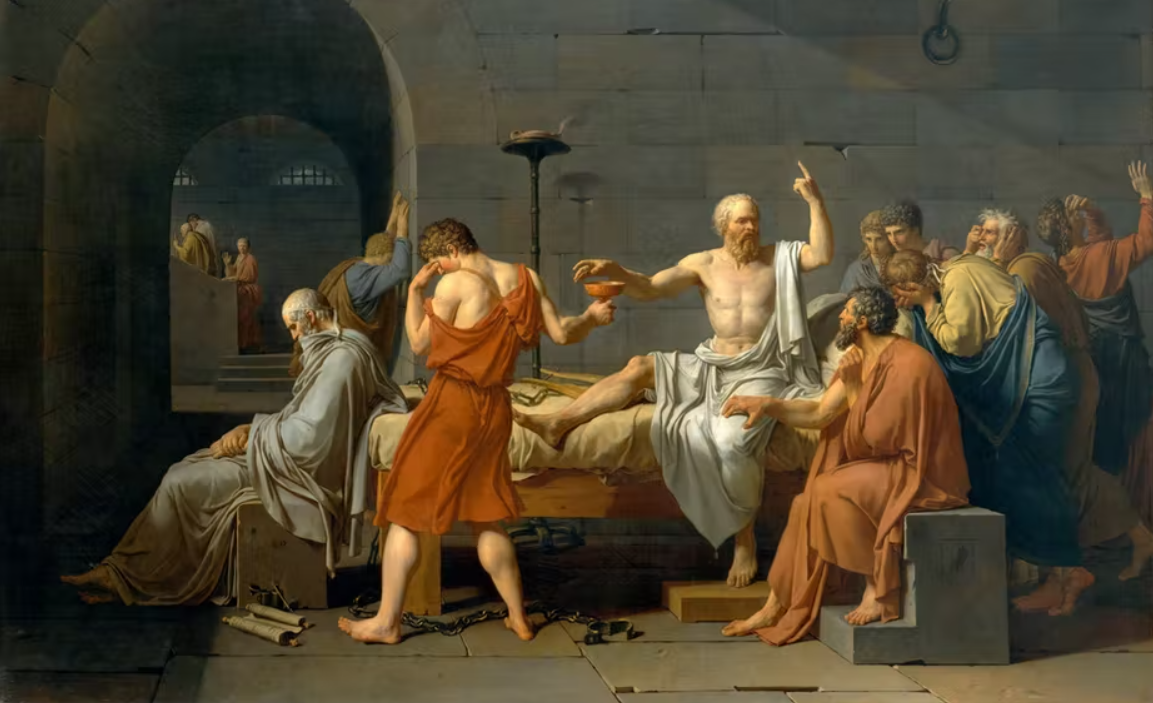For inquiries, visit us:
Facebook Page: Belle’s Residences – Panglao Vacation Homes
Website: Belle’s Residences – Panglao
BOOK NOW VIA ARBNB
In the grand scheme of human philosophy, few thinkers have left an imprint as profound as Immanuel Kant. His second major work in the critical philosophy trilogy, Critique of Practical Reason, serves as a pivotal exploration of moral philosophy, ethics, and human autonomy. Unlike his first critique, Critique of Pure Reason, which sought to establish the limits and capacities of human knowledge, this second critique turns its gaze toward the realm of action, responsibility, and the moral law.
Kant begins his Critique of Practical Reason by distinguishing between theoretical and practical reason. Theoretical reason is concerned with what is and seeks to understand the structure of reality, while practical reason is concerned with what ought to be, guiding human action and moral duty. The central task of the work is to examine how practical reason determines the will, particularly in the context of moral obligation.
At the heart of Kant’s moral philosophy lies the concept of the categorical imperative, a moral law that is binding on all rational beings irrespective of their desires or inclinations. Unlike hypothetical imperatives, which dictate actions based on contingent goals (e.g., “If you want to be healthy, you should exercise”), the categorical imperative commands unconditionally (e.g., “You must act only according to that maxim whereby you can at the same time will that it should become a universal law”). This universalizability test ensures that moral actions are not based on personal interests but on objective, rational principles.
Kant asserts that moral duty arises from reason alone, independent of empirical influences such as emotions, desires, or external consequences. He emphasizes the primacy of duty over inclination, arguing that true moral worth lies in acting out of a sense of duty rather than for personal gain or pleasure. This idea forms the foundation of deontological ethics, which holds that morality is grounded in adherence to universal moral laws rather than consequentialist calculations of good and bad outcomes.
One of the most significant contributions of the Critique of Practical Reason is its defense of human freedom. Kant argues that moral law presupposes freedom, for if individuals were entirely determined by external forces or inner inclinations, they could not be held morally responsible for their actions. In the phenomenal world—the world of experience—humans appear to be subject to deterministic natural laws. However, in the noumenal world—the realm of things-in-themselves—rational agents must be considered free. This distinction allows Kant to reconcile moral responsibility with his earlier critique of metaphysical speculation in Critique of Pure Reason.
Kant introduces the idea of the highest good (summum bonum), which is the ultimate end that moral action should strive toward. The highest good consists of two components: virtue (moral worthiness) and happiness. However, he acknowledges a tension between virtue and happiness in the empirical world, where virtuous people often suffer, and the wicked may prosper. Kant resolves this tension by postulating the existence of God and the immortality of the soul. He argues that moral law would be meaningless if it did not lead to the eventual realization of the highest good. Thus, God and an afterlife serve as necessary postulates of practical reason, not as speculative knowledge but as conditions for the possibility of moral striving.
Kant’s Critique of Practical Reason also engages with the concept of autonomy, which he defines as the ability of rational agents to legislate moral law for themselves. Autonomy stands in opposition to heteronomy, where moral principles are dictated by external authorities, personal desires, or contingent circumstances. By insisting that moral law is self-imposed through reason, Kant lays the foundation for modern conceptions of moral and political autonomy.
Throughout the work, Kant distinguishes between the empirical and intelligible aspects of human existence. The empirical self is embedded in the natural world, subject to desires, emotions, and external influences, whereas the intelligible self is the rational moral agent who acts according to duty. This duality underscores his commitment to the idea that morality is not contingent on human psychology but arises from pure practical reason itself.
Kant’s rigorous approach to ethics has had a lasting impact on moral philosophy. His insistence on duty and universal moral law continues to influence contemporary debates on justice, rights, and the nature of ethical reasoning. However, his theory has also been subject to criticism. Some argue that his moral philosophy is overly rigid and neglects the complexities of real-world ethical dilemmas. Others challenge the necessity of his metaphysical postulates, particularly his reliance on God and immortality to sustain the moral order.
Despite these criticisms, Critique of Practical Reason remains a cornerstone of ethical philosophy, providing a framework that upholds the dignity and rational agency of individuals. It demands that we act not out of self-interest or emotional impulse but out of a commitment to universal moral principles. In doing so, Kant elevates morality beyond mere social convention or personal preference, anchoring it in the rational structure of human existence.
In the final analysis, Kant’s second critique is more than a philosophical treatise; it is a call to moral responsibility. It challenges individuals to reflect on their motives, to recognize their capacity for autonomous moral action, and to commit to principles that transcend mere expediency. By doing so, Kant not only reshapes ethical theory but also reaffirms the profound role of human reason in shaping a just and moral world.

